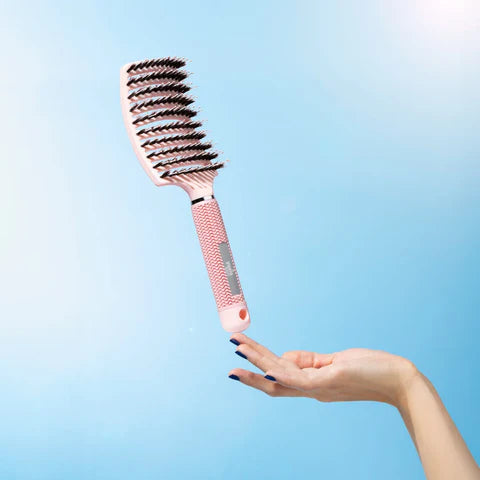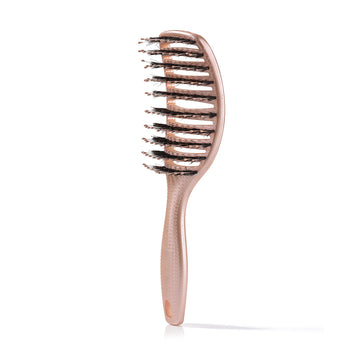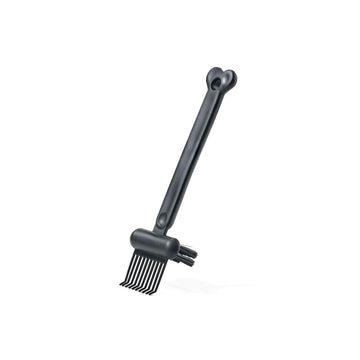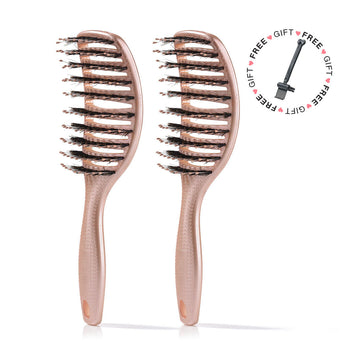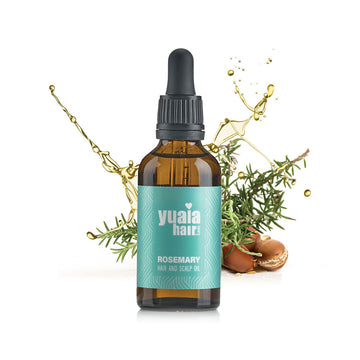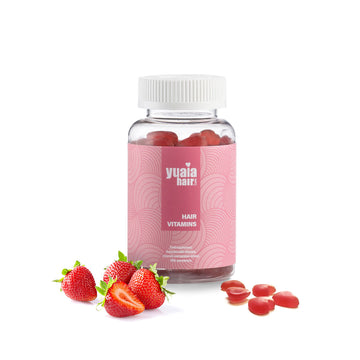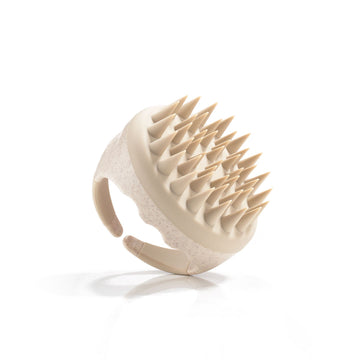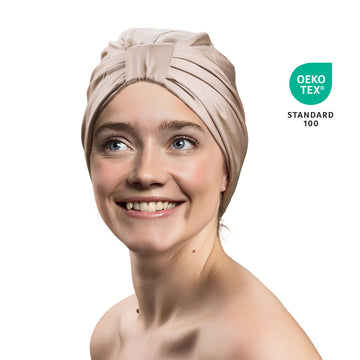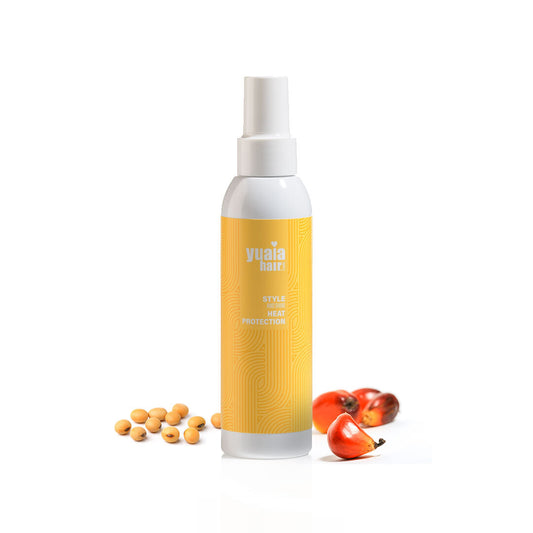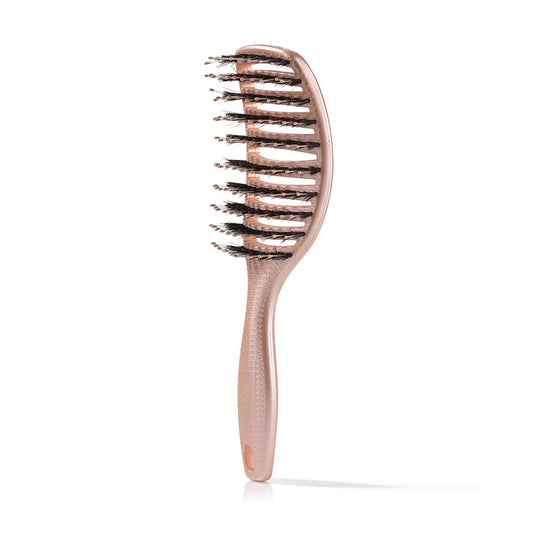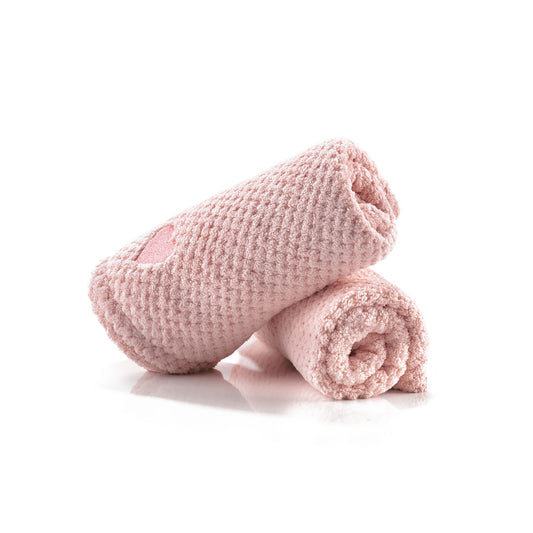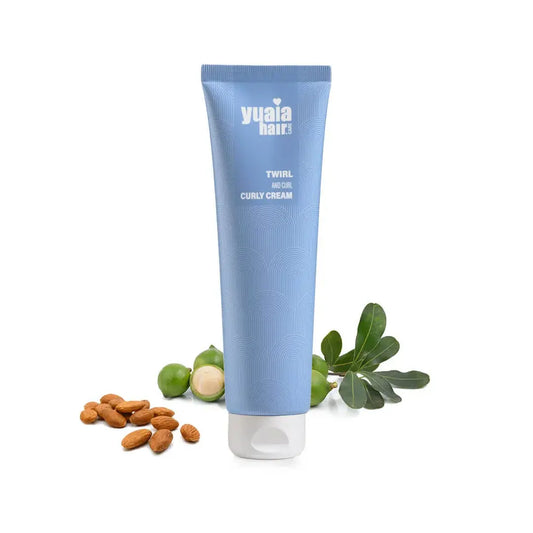
How to prevent and repair hair breakage
Moisturizing treatments
Ensuring your hair receives adequate moisture is a foundational step in preventing breakage. Regular deep conditioning treatments can help replenish moisture and improve hair elasticity. These treatments work by infusing hair with essential hydration, making it less prone to snapping. Incorporating a moisturizing conditioner into your routine can aid in maintaining a healthy moisture balance.
Limit heat styling
Reducing the use of heat styling tools is crucial for maintaining hair health. Opt for heat-free styling techniques whenever possible to minimize the risk of heat damage. If you do need to use heat styling tools, applying a heat protectant spray can shield your hair from damage by creating a barrier between the heat and your hair.
Gentle hair care routine
A gentle approach to hair care can significantly reduce breakage. This includes using microfiber towels to dry your hair, as they minimize friction compared to regular towels. Additionally, choosing hair accessories that don't tug or pull at your hair can prevent unnecessary stress on the hair shaft.
Regular trims
Regular trims are vital for maintaining hair health. By cutting off split ends, you prevent them from traveling up the hair shaft and causing more extensive breakage. Aim for a trim every 6-8 weeks to keep your hair in optimal condition.
Curly and textured hair care
For those with curly or textured hair, maintaining moisture is particularly important. Curly hair tends to be drier, making it more susceptible to breakage. Using products specifically designed for curls, like our Twirl and Curl curly cream, can help define curls while providing essential hydration. This curl cream enhances curl pattern and reduces frizz, promoting healthier, more resilient curls.
By adopting these preventive measures and integrating them into your hair care routine, you can effectively combat hair breakage and support long-term hair health.
Additional considerations for hair breakage
While understanding the primary causes of hair breakage is important, there are other factors that can contribute to the fragility of your hair. By addressing these additional aspects, you can further enhance your hair care routine and promote stronger, healthier hair.
Environmental impact: UV exposure and pollution
Environmental factors such as UV exposure and pollution can have a significant impact on your hair's health. UV rays can weaken the hair shaft, leading to increased breakage, while pollutants can accumulate on the hair, causing it to become brittle and damaged. To protect your hair, consider wearing a hat or using hair products that offer UV protection when spending extended periods outdoors.
Importance of proper hair accessories
The tools and accessories you use on your hair can also play a role in preventing breakage. Opt for gentle hair ties and clips that do not pull or snag your hair. At Yuaia Haircare, we offer a Curvy Brush with boar bristles, which helps distribute natural oils and reduce the risk of breakage during brushing.
Role of regular conditioning
Regular conditioning is essential for maintaining hair health and preventing breakage. Conditioners help to nourish and strengthen the hair, providing a protective barrier against damage. For those with dry or damaged hair, using a conditioner with reparative properties can be particularly beneficial.
Frequently asked questions
Why does my hair break easily after washing?
Hair can break easily after washing due to improper techniques, such as using hot water or harsh shampoos. These practices can strip the hair of its natural oils, leaving it dry and prone to breakage. To prevent this, use lukewarm water and a gentle, sulfate-free shampoo.
What are the signs of hair breakage?
Common indicators of hair breakage include split ends, frizz, and hair that feels rough or looks dull. You may also notice shorter, broken strands on your pillow or in your brush.
Can environmental factors cause hair breakage?
Yes, environmental factors such as UV exposure and pollution can contribute to hair breakage. These elements can weaken the hair shaft and cause damage over time, making it more susceptible to breaking.

 2-4 day UK delivery
2-4 day UK delivery
 25.000+ satisfied customers
25.000+ satisfied customers
 Satisfaction Guarantee
Satisfaction Guarantee







